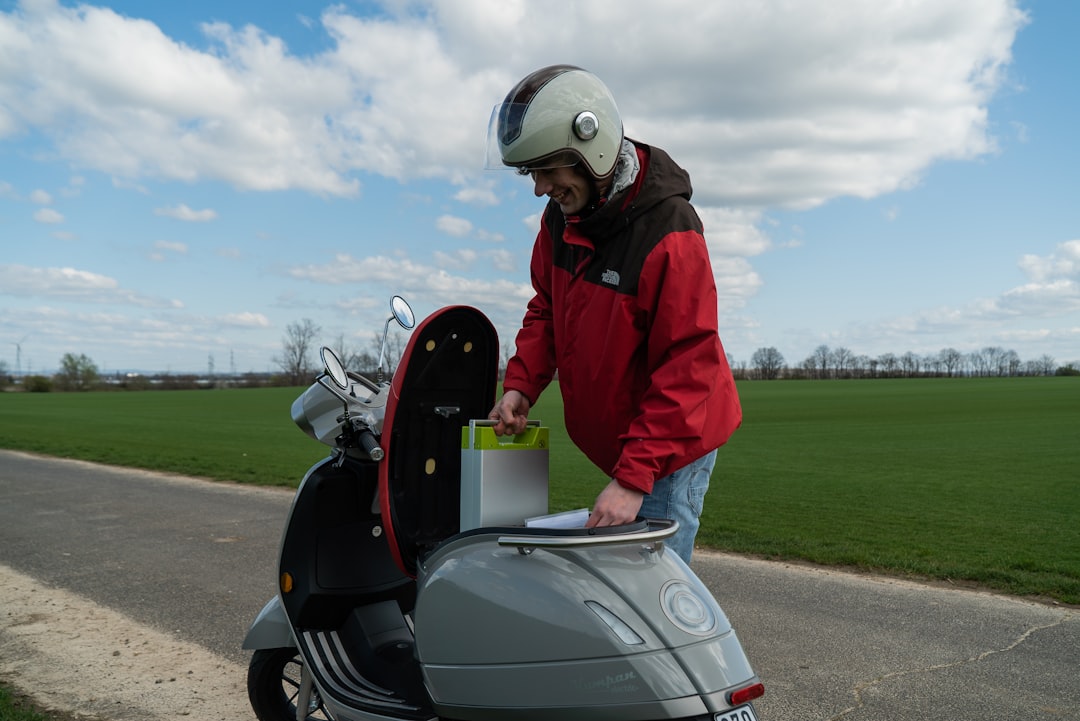
Despite significant progress in health care that has extended lifespans and enhanced overall well-being, countless individuals still face challenges with movement, particularly in later years. These difficulties often stem from illnesses, disabilities, or ongoing discomfort, turning even simple daily activities into significant obstacles.
If you or someone close to you is dealing with limitations in motion, activities like physical workouts might seem unattainable. Yet, there are numerous strategies that older adults can adopt to boost their flexibility, which can profoundly influence their mental and physical state. Below, we outline five practical approaches to explore.
Stretch
At the core of any successful fitness regimen lies consistent stretching, a practice recommended for people across all age groups to enhance stability and ease of movement. Research indicates that regular stretching can boost circulation, alleviate discomfort, and lower the chances of accidents or strains.
Additionally, practices such as yoga and Pilates offer extra perks, including better stress management, potential weight loss, and stronger muscles. Beginners don’t need to dive into intense routines; simple options like seated stretches can yield impressive results. These exercises are especially effective for building strength in essential areas like the back, core, and chest, according to experts in geriatric fitness.
Stay Energetic
For older individuals, maintaining activity doesn’t have to involve rigorous efforts. Something as straightforward as a brisk walk can deliver substantial advantages, helping to counter the effects of a inactive routine. If you’re uncertain about starting out, seeking advice from a physical therapist can provide personalized guidance and safe options.
Incorporating movement into everyday life might include opting for stairs over elevators, choosing parking spots farther from entrances, or walking to local spots instead of driving. Over time, reliance on mobility aids like walkers can decrease, though they remain essential in certain situations. Data from health organizations show that regular low-impact activity can reduce the risk of chronic conditions by up to 30% in seniors.
Get Help
In many scenarios, relying on external assistance proves to be the most practical solution. One smart investment is a battery-operated wheelchair, which enables greater independence in environments where walking is impractical. As you evaluate options, it’s wise to compare models to ensure you select one that offers good value and reliability.
These devices not only facilitate daily navigation but also promote a sense of autonomy, with advancements in technology making them lighter and more user-friendly than ever before. Background information from mobility experts highlights that such tools can significantly improve quality of life for those with severe mobility impairments.
Eat a Healthy Diet
Effective mobility relies heavily on managing body weight through proper nutrition. Therefore, adopting a well-rounded diet is crucial, emphasizing hydration and steering clear of overly refined or sweet foods. Focus on nutrient-dense choices like fresh produce, nuts, seeds, beans, and lean proteins to support overall health.
This approach not only minimizes the likelihood of common age-related health issues, such as osteoporosis or heart disease, but also aids in better sleep and sharper mental function. For instance, studies suggest that a diet rich in vitamins and minerals can enhance bone density by 5-10%, allowing seniors to feel more energized and capable in their daily routines.
Be Extra Cautious
For those in their later years, a single slip can lead to falls that severely impact mobility, making this a critical area of focus. Statistics from sources like the World Health Organization reveal that falls are the second leading cause of accidental injury deaths worldwide, with seniors being particularly vulnerable. This underscores the value of mobility aids in prevention.
When balance becomes an issue, consider these precautions: Avoid walking on icy surfaces, which pose risks to everyone but are especially hazardous for older adults. Proceed with care on slippery areas like frosty paths or driveways, and watch out for obstacles that could trip you up. If reaching or bending is necessary, it’s often safer to seek help from others. Furthermore, redesigning your living space for better accessibility—such as clearing clutter and installing grab bars—can make a big difference in preventing mishaps.
By keeping these strategies in mind and applying them consistently, you’ll likely notice improvements in your mobility over time, leading to a more active and fulfilling lifestyle.




